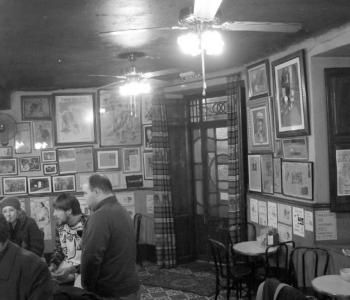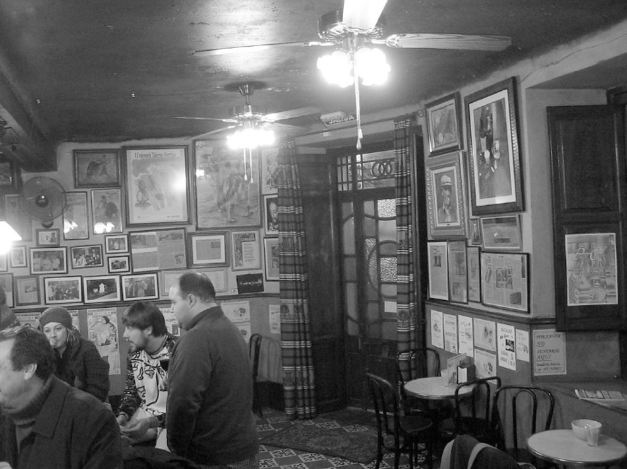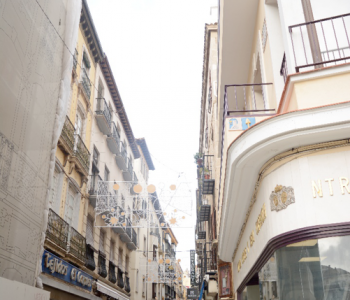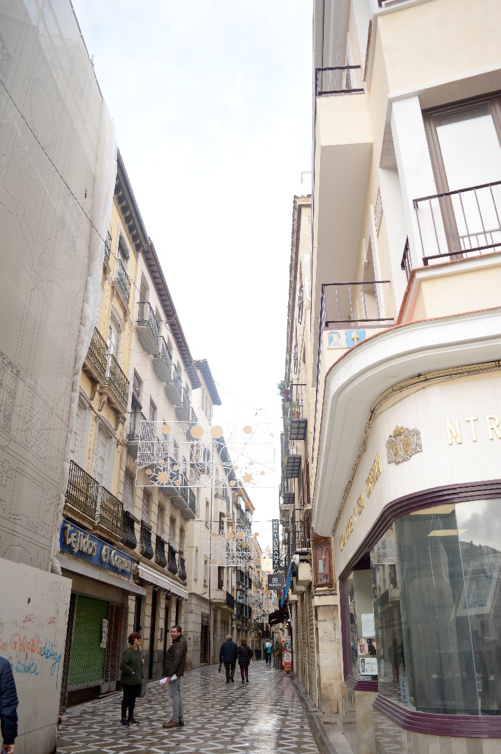 No category
No category
San Francisco Square

One of the most emblematic squares of the capital is that of San Francisco, which owes its name to the old monastery built in the middle of the 14th century under the dedication of San Francisco de Asís.
The Convent was demolished at the end of the 19th century and on the land it occupied now the Plaza de San Francisco and the Palace of the Provincial Council, project of the architect Jorge Porrúa, stands. A sculpture of the Magdalena fringed with cryptic inscriptions currently presides over the courtyard of the Diputación, in the exact place where the Templar chapel of the old Convent of San Francisco stood. But as Juan Eslava Galán indicates in Los Templarios y la Mesa de Salomón, before the monastery it was the palace of Fernando III in Jaén.
(…) In the following days I gathered information about the palace of Fernando III in Jaén (…) In 1354 King Pedro I el Cruel handed it over to the Franciscans. Converted into a monastery, it lasted until 1867, when it was demolished to build the current building of the Provincial Council (…)
The Templars and the Table of Solomon. Chapter 17.
Also Eslava Galán makes mention of the square and the monastery in his novel In Search of the Unicorn:
(…) And at the end of the mass, which we all listened to with great devotion, we went outside, going out through the aforementioned door of Santa María, to the square of the monastery of San Francisco, where the avenue had been adorned, to hold a magnificent tournament (…)
In Search of the Unicorn. Chapter IV.
In this environment, there were also the old Butchers, which were demolished in 1930 and their space was added to the Plaza de San Francisco.
(…) If a suckling child did not cry here and the powerful braying of the rude father weren’t heard from behind the walls of the orchard of the friars, one could perceive the flight of one of the many flies that went around obstructing the peace and recreation of the people, who came from the nearby butcher shops, where many, lush and very choppy are raised. (…)
In Search of the Unicorn. Chapter IV.







